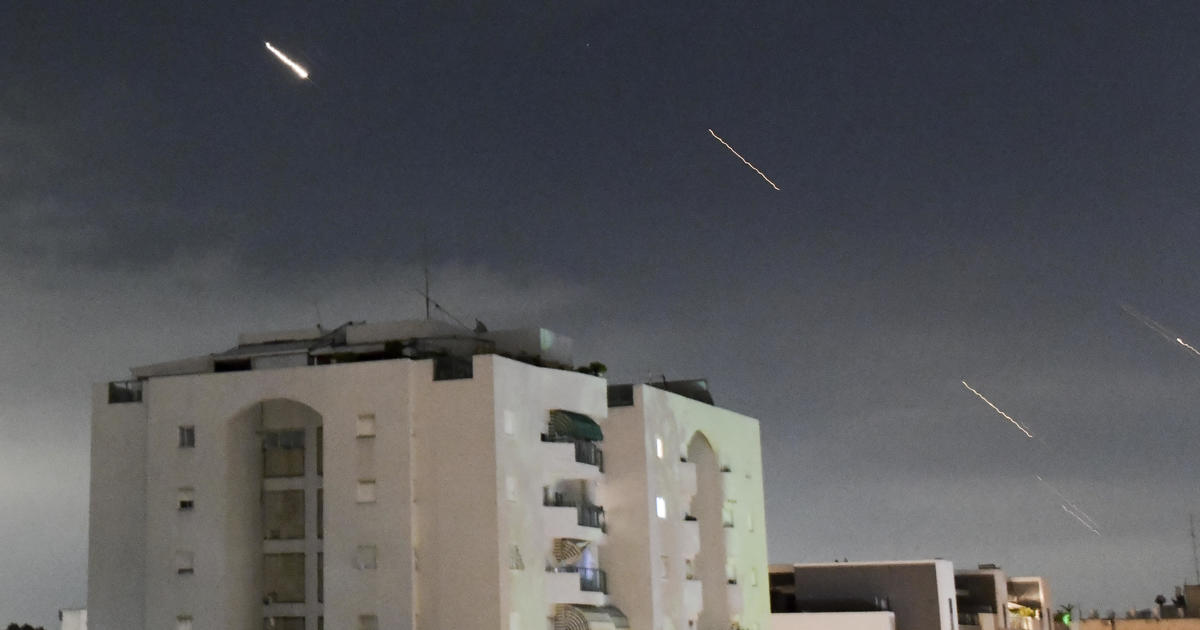Pilots of jetliner that slid into Jacksonville river made last-minute runway change
Pilots operating a chartered Boeing 737 that slid off a runway into the St. Johns River while landing at Naval Air Station Jacksonville Friday night requested and were granted a last-minute runway change, CBS Jacksonville affiliate WJAX-TV reports. The National Transportation Safety Board said the original plan was for the plane to land to the west, on runway 28.
At some point as they approached the area, they asked air traffic controllers to let them switch and land to the east, on runway 10.
The 9,000-foot-long runway where the jetliner landed was essentially limited to 7,800 feet since there was a wire barrier set up to recover Navy aircraft in instances when they couldn't land on a carrier during training, said Bruce Landsberg, vice chairman of the National Transportation Safety Board.
"We don't know what (the Boeing 737 pilots) were thinking or why they made that choice," Landsberg said at a news conference. "That will be one of the things we look to find out."
NTSB investigators said they hope a cockpit voice recorder helps them get answers, but they have been unable to recover it since the part of the plane where it's located is still underwater. Investigators also plan to interview the pilots, Landsberg said.
The flight data recorder has been retrieved.
Landsberg said the plane recently had been in maintenance, and logs showed a left-hand thrust reverser that was inoperative.
Thrust reversers are used to divert thrust from the engine, but they typically aren't used in calculating a plane's performance, Landsberg said.
According to a Purdue University College of Engineering description , reverse thrust can be used to help an aircraft come to a stop.
"We will be looking very carefully at the maintenance of the aircraft in the several weeks prior," Landsberg said.
Divers on Sunday were sent into the plane's cargo area to search for and remove a few pets they hadn't been able to rescue earlier due to safety concerns. Investigators didn't say outright whether the animals were still alive, but the pets would have been submerged for almost two days.
There were no serious injuries to people on the flight from a military base at Guantanamo Bay, Cuba, although almost two dozen of the 143 passengers and crew members sought medical attention for minor injuries.
Capt. Michael Connor, the base's commanding officer, said all passengers had left the base Sunday on their way to their scheduled destinations.
Some aircraft will be allowed to depart the base and be relocated so that pilots can continue with their training, but Naval Air Station Jacksonville will essentially be closed until the plane is removed from the river, Connor said.
The NTSB investigators are still deciding whether to relocate the plane off the base, which would require the use of a barge.
"How the aircraft is positioned now certainly gives you limitations on a good thorough assessment," said NTSB investigator John Lovell. "We are not aware of the extent of the damage under the waterline because it can't be seen."
All fuel needs to be removed before the plane can be moved, and that effort was complicated by the aircraft being partially submerged in the river, as well as stormy weather on Sunday, Landsberg said.
Officials said they didn't know how many gallons of fuel have spilled into the river, but engineers were using booms to contain the fuel and skimmers to vacuum up contaminants.
On Sunday, Miami Air International, which operated the aircraft, notified passengers that their overhead luggage from the plane was available for pickup. The airline said passengers would be contacted directly once their checked bags were retrieved.



